America’s Diversity and Growth: Signposts for the 21st Century
(2000) At the beginning of the 21st century, demographic trends seem to many Americans to signal new, potentially disquieting changes in the U.S. population.
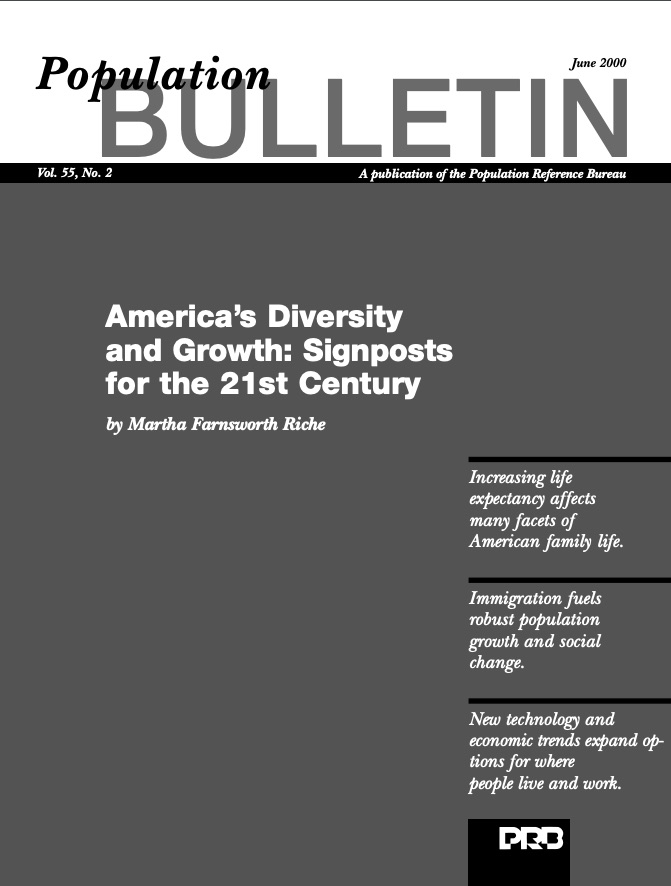
(2000) At the beginning of the 21st century, demographic trends seem to many Americans to signal new, potentially disquieting changes in the U.S. population.
Water and sanitation play a crucial role in the transmission of diarrheal disease. These environmental factors contribute to approximately 94 percent of the 4 billion cases of diarrhea that the World Health Organization (WHO) estimates to occur globally each year.
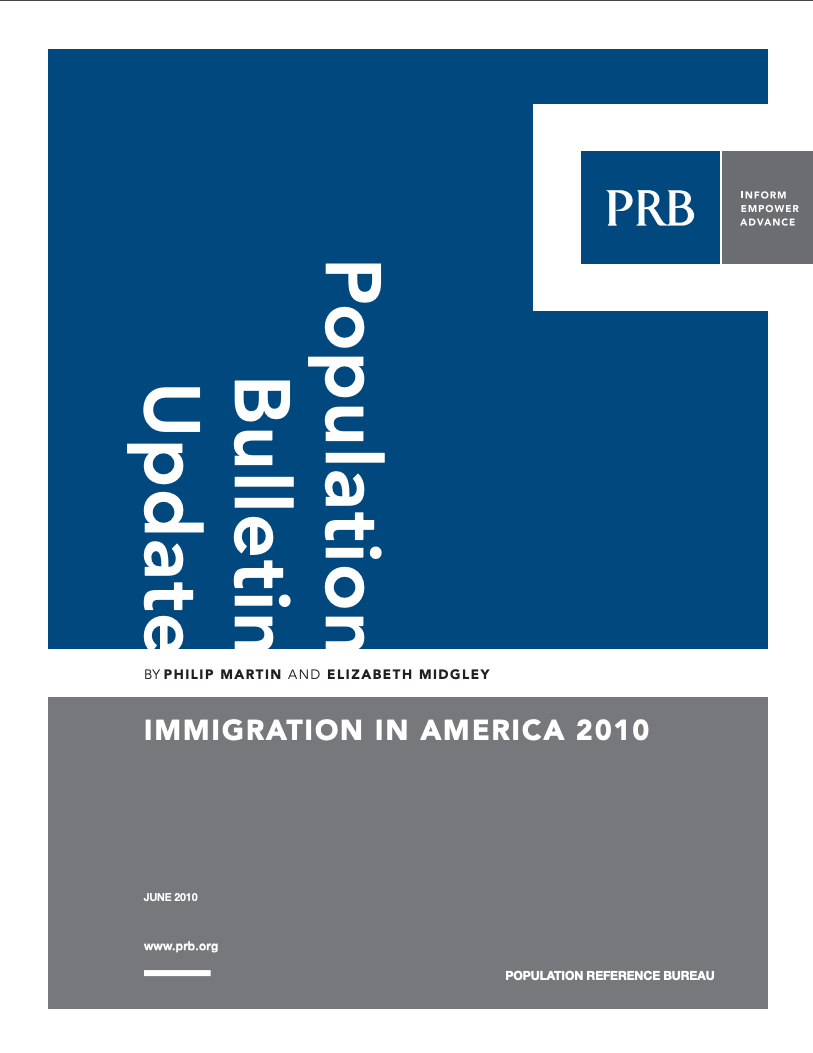
This Population Bulletin Update is a follow-up to 2006's Population Bulletin, "Immigration: Shaping and Reshaping America" by Phil Martin and Elizabeth Midgley, and provides new data and analysis on the economic impacts and policy debates around immigration.
(2009) India, along with China and several other countries, has a history of neglect for girls and women that produced lower female survival rates and an imbalanced ratio of males to females.
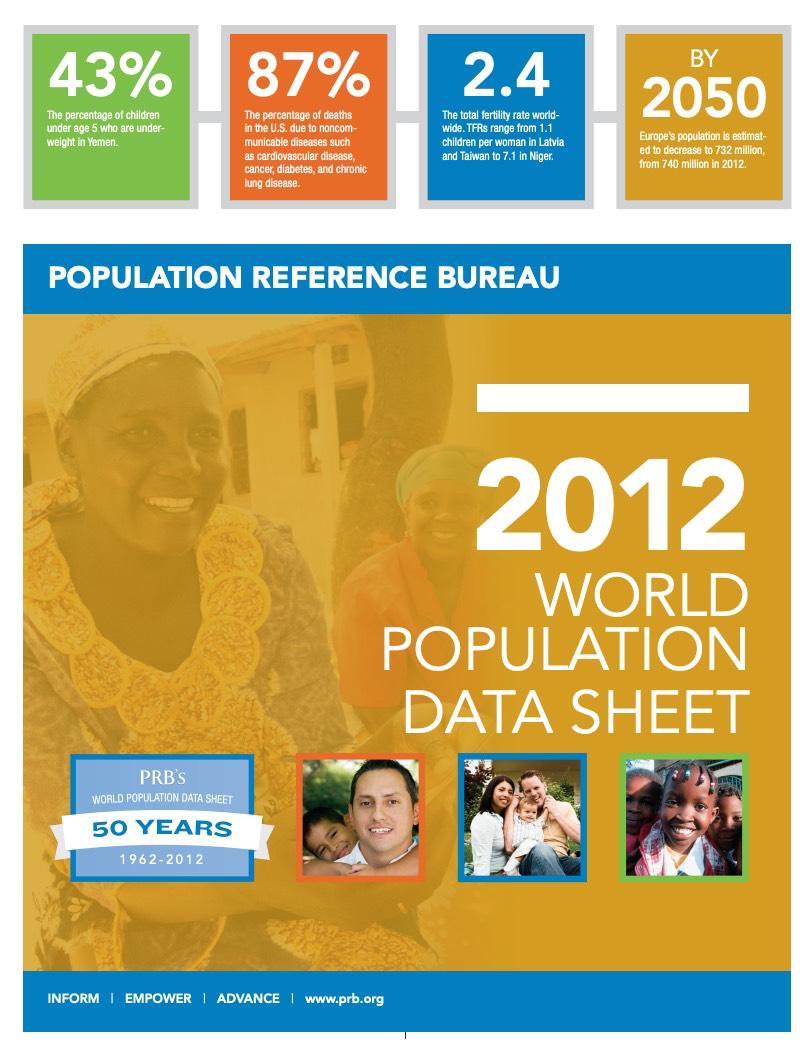
Nearly all future population growth will be in the world's less developed countries, and the poorest of these countries will see the greatest percentage increase.
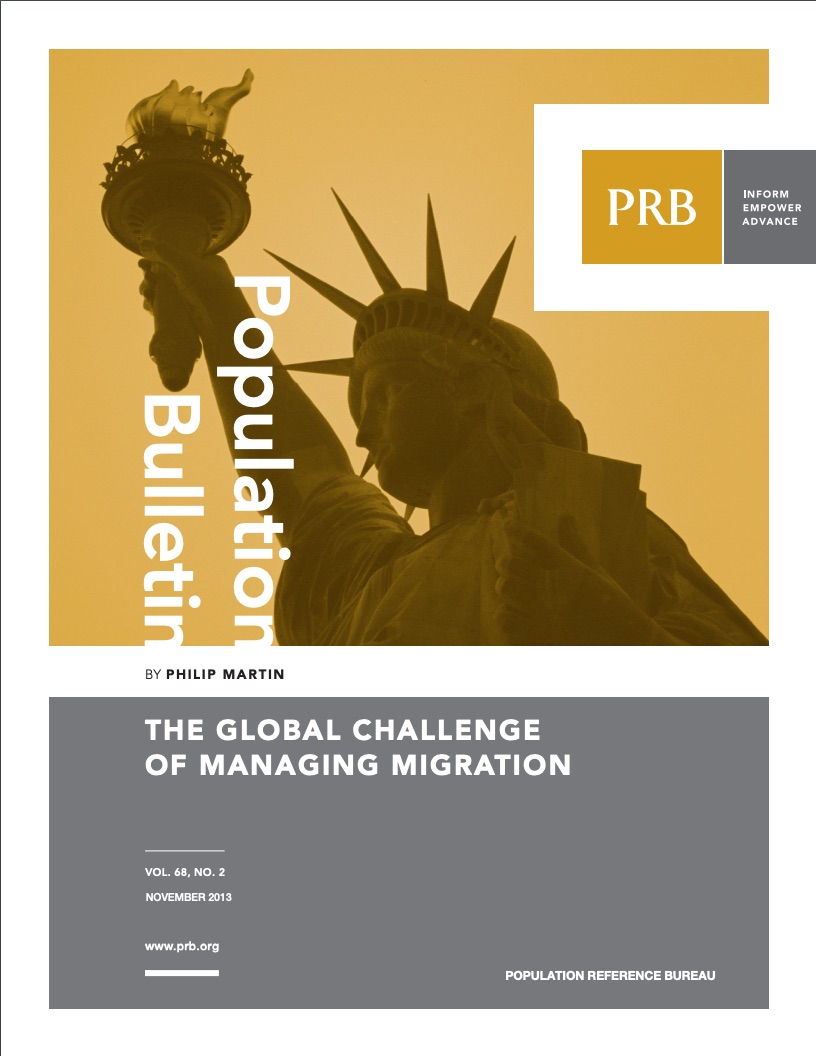
(2013) The number of international migrants more than doubled between 1980 and 2010, from 103 million to 220 million.1 In 2013, the number of international migrants was 232 million and is projected to double to over 400 million by 2050.
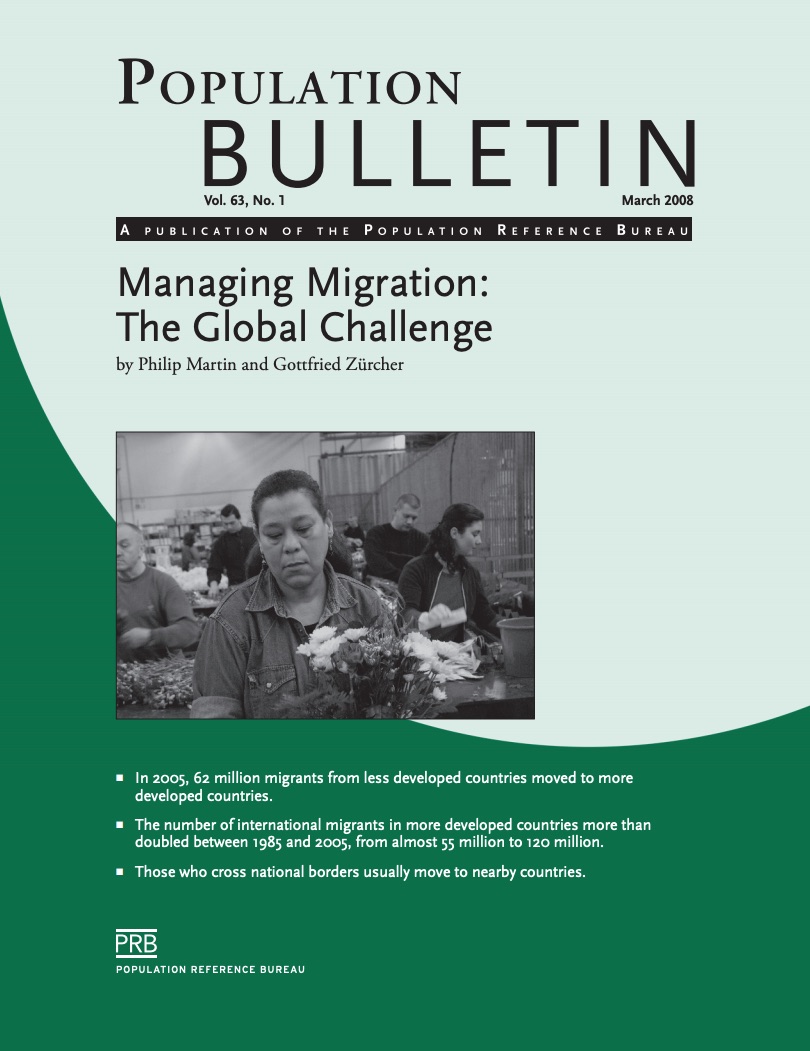
(March 2008) The number of international migrants is at an all-time high. There were 191 million migrants in 2005, which means that 3 percent of the world's people left their country of birth or citizenship for a year or more.
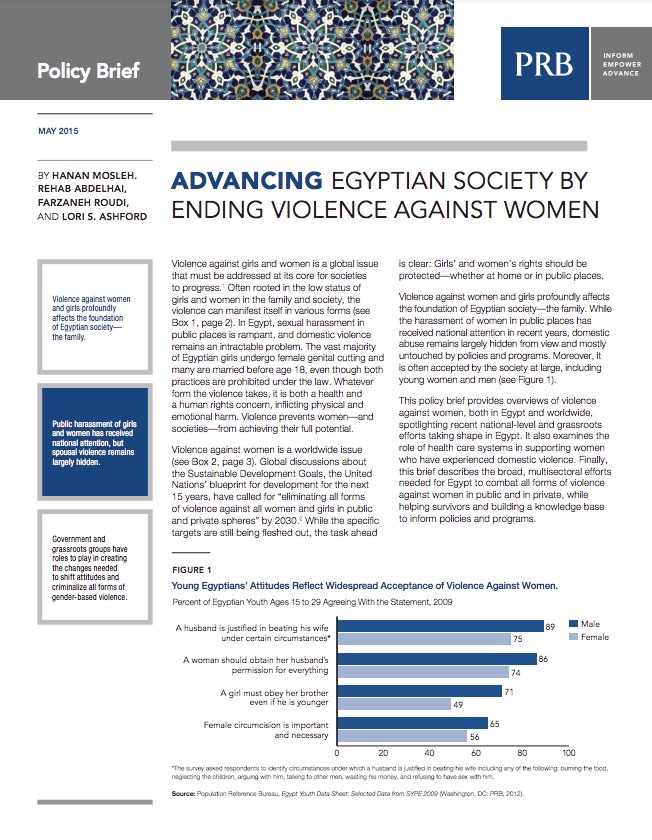
(2015) Violence against girls and women is a global issue that must be addressed at its core for societies to progress. Often rooted in the low status of girls and women in the family and society, the violence can manifest itself in various forms.